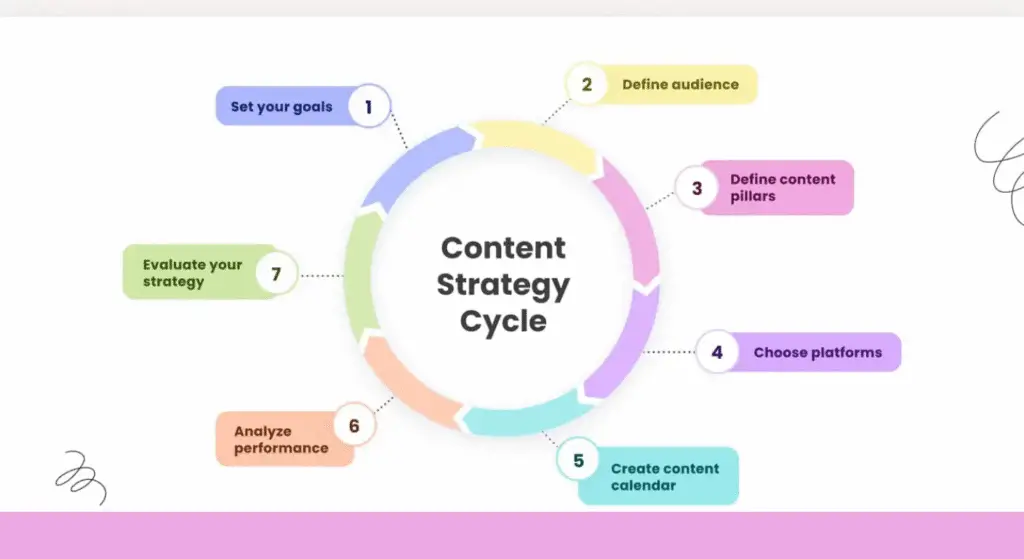Social media marketing is the use of platforms like Facebook, Instagram, and Twitter to promote products and connect with audiences. It builds awareness and drives engagement for brands online.
Unlike traditional marketing, social media provides instant interaction and feedback. It allows businesses to reach specific audiences and tailor their messaging based on behavior and preferences, improving results significantly.
This form of marketing includes content creation, community engagement, paid advertising, and performance analysis. Many companies partner with a social media marketing agency to manage these efforts strategically and professionally, ensuring consistent growth and brand visibility.
Social media marketing is now essential in business strategies. It supports lead generation, enhances customer relationships, and helps build a loyal following by keeping brands visible and accessible.
Importance of Social Media in Modern Business
Today’s businesses depend on social media to stay competitive. It helps increase visibility and expand reach, especially for small brands looking to compete with larger and more established names.
It creates a direct line of communication with customers. This improves trust, supports faster customer service, and strengthens the emotional connection between a brand and its community.
Brand perception is also shaped online. Social media allows businesses to present a consistent voice, values, and personality that build a more human, relatable image in a crowded digital space.
Sales and conversions improve through targeted campaigns. With the right strategies, businesses can see measurable outcomes like website visits, sign-ups, and purchases driven entirely by their social presence.
Choosing the Right Platform
Each social media platform serves different purposes and audiences. Choosing the right one depends on your goals, target audience, content type, and industry-specific behaviors or trends.
Facebook is great for broad audiences and community building. Instagram works well for visual content. LinkedIn supports B2B connections. TikTok suits viral content and younger demographics.
Understanding demographics is critical. If your customers are professionals, focus on LinkedIn. If they are teens and young adults, prioritize Snapchat or TikTok for more meaningful results.
It’s better to master a few platforms than to do poorly on many. Focus on platforms that align with your brand voice and where your audience is most active.
Creating a Social Media Strategy
A clear social media strategy defines goals, identifies audiences, and outlines the types of content to be shared. This ensures efforts are focused, effective, and aligned with business objectives.
Start by defining your goals. These can include growing followers, improving engagement, increasing sales, or driving traffic. Each goal should be specific, measurable, and time-bound for tracking.
Next, research your audience. Understand their interests, behaviors, and preferences. This helps you tailor your content and messaging in ways that resonate and encourage more engagement.
Finally, plan your content calendar. Consistency is key in social media marketing. A posting schedule helps keep your feed active and ensures your audience knows what to expect from you.
Content Creation and Curation
Content is at the heart of social media. It includes images, videos, blog posts, polls, infographics, memes, and more. The goal is to attract attention and encourage interaction.
Great content adds value. It can educate, entertain, inspire, or inform. Your audience should feel there’s something to gain from following and engaging with your brand regularly.
Curation complements creation. Sharing relevant third-party content from trusted sources positions you as an industry expert and builds credibility while reducing the burden of creating everything yourself.
A mix of formats works best. Use a variety of videos, reels, carousels, and live content to keep your audience engaged and to take advantage of platform-specific algorithm preferences.
Using Hashtags and Trends
Hashtags categorize your content and increase discoverability. They help new users find your posts and connect with topics they care about. Strategic use boosts reach significantly.
Use relevant hashtags that match your content. Don’t overuse them—three to five targeted tags are usually more effective than a long list of unrelated ones.
Stay updated on trends and viral content. Engaging with trending topics shows your brand is current and can help posts gain momentum by riding existing interest and popularity.
Create your own branded hashtag, too. Encourage followers to use it in their own posts to build community, promote user-generated content, and expand your brand’s reach organically.
Paid Advertising on Social Platforms
Paid ads increase visibility and drive quick results. Platforms like Facebook Ads, Instagram Promotions, and LinkedIn Ads offer targeted options to reach users by age, location, interests, and behavior.
Paid campaigns complement organic content. They allow you to promote special offers, events, or product launches with precision, ensuring the right people see your message at the right time.
Budget wisely. Start small, test ad creatives, analyze performance, and scale what works. Keep experimenting to refine targeting and messaging for better return on investment (ROI).
Track key metrics like cost per click (CPC), click-through rate (CTR), and conversion rates. These help determine whether your ad spend is generating the desired business results.
Engaging With Your Audience
Social media is not a broadcast platform; it’s for two-way communication. Responding to comments and messages builds trust and strengthens your relationship with your followers.
Encourage interactions with questions, polls, and challenges. The more your audience engages with your content, the more it gets seen through algorithms, improving your overall reach.
Timely responses show you care. Whether it’s positive feedback or complaints, addressing followers promptly helps build a responsive and reliable brand image in their minds.
Celebrate user participation. Share testimonials, tag active followers, and show appreciation. Making your audience feel seen increases loyalty and turns followers into brand advocates.
Monitoring and Analytics
Analyzing performance is key to improving your strategy. Use tools like Meta Insights, Google Analytics, or third-party platforms to measure how your content is performing over time.
Key metrics include engagement rate, impressions, reach, followers, clicks, and conversions. These provide a snapshot of what’s working and what needs adjustment in your campaigns.
Review analytics weekly or monthly. Trends become clearer over time, and regular analysis allows for timely optimization of your strategy to ensure better returns and engagement.
Don’t rely solely on vanity metrics. Focus on meaningful data that ties directly to business goals, like leads generated or products sold through specific social campaigns.
Staying Updated With Trends
Social media evolves rapidly. Platforms introduce new features, and user behavior shifts. Staying current ensures your strategy remains relevant and you don’t miss emerging opportunities.
Subscribe to industry blogs, attend webinars, and follow thought leaders. These sources provide insights and updates that help you stay ahead in your marketing approach.
Experiment with new content types like reels, live streams, and AR filters. Adapting early to changes often gives brands a competitive edge and higher reach on newer formats.
Trends reflect what audiences care about. Whether it’s sustainability, memes, or social causes, connecting with trends authentically can deepen your brand’s emotional appeal and engagement levels.
For more useful content, please visit the homepage.


